An Analysis Report on Furphy Project
An Analysis Report on
Furphy Project
Introduction:
Furphy Beer, is a Geelong (Australia) imagined littler scale refinery association with under fifteen years of contribution in mixing ale. Despite its limited operations in Melbourne and regional Victoria, the association has experienced a fast improvement in its creation and arrangements in the current years. In 2016, the association offered an explanation to fabricate its planning capacity to 3 million liters for every year to deal with the growing interest of its pale ale mix.
Furphy sells beer to pubs, bars, restaurants and bottle shops. Buyers buy the beer directly or buy from the sales representative. Because of the high amount of success rate Furphy is estimating a change in business trend in next years. By and by more than ever, Furphy organization needs to ensure a solid association with its client base. In development, they are expecting to set up a formal philosophy to gauge their beer production. This would help Furphy unequivocally wander future free market action and alter era needs in like way. To do an analysis process beautiful data has conduct an online survey for collecting information which can affect the sales of beer.
Main Body:
Task 1:
The mean value for intention to repurchase furphy beer is 7.665. The maximum value for intention to repurchase beer is 9.9/10 and minimum value is 4.3/10. The value of standard deviation is 0.893 which shows the little variation in intention to repurchase furphy beer. The value for Q1 is 7.1 and for Q3 it is 8.2. The value of inter quartile range is 1.1. The lower fence value and upper fence value for intention to repurchase furphy beer are 5.45 and 9.85. This shows that outliers exist in the collected database.
We are 95% confident that the true average value of intention to repurchase furphy beer is from 7.54 to 7.79.
From the available 200 records, only 101 clients recommend a furphy beer to others.
We are 95% confident that the true average percentage of client would recommend furphy beer to others is from 43.57% to 57.43%.
Task 2.1:
The correlation statistical technique is used for identifying the key variables which may influence the intention to repurchase furphy beer. The loyalty, dist_channel, quality, brand image, shipping speed and shipping cost has moderate relationship with the intention to repurchase furphy beer. And region, SM_Presence, order_fulfillment advert, comp_pricing have week relationship with intention to repurchase furphy beer. Cust_type and flex_price variables have very week relationship with dependent variable so that are not included in modle building process.
SM_Presence and Brand image has multicollinearity. Here in this analysis correlation value greater than 0.7 is consider for the multicollinearity. So as per the relationship with dependent variable SM_Presence is removed from the modle building process with the use of statistical technique. Order_fulfillment has multicollinearity with shipping speed and shipping cost. So as per the relationship with dependent variable order_fulfillment is removed from the modle building process with the use of statistical technique. Shipping speed has multicollinearity with shipping cost. So as per the relationship with dependent variable shipping cost is removed from the modle building process with the use of statistical technique.
The variable which have week relationship with dependent variable also included in model building process to check whether it influence intention to repurchase furphy beer or not.
So finally following are the potential variables which are used for the modle building process for predicting intention to repurchase furphy beer: Loyalty, region, dist_channel, quality, advert, brand_image, comp_pricing, shipping_speed.
Task 2.2:
The model building process to predict intension to repurchase furphy beer gone through four iterations. After completing four iteration the model is finalized.
After first iteration, there are four variables which have p-value greater than 0.05. In next iteration comp_pricing was removed for the modle building process because it has 0.706 p-value. After second iteration, there are three variables which have p-value greater than 0.05. In next iteration Advert was removed for the modle building process because it has 0.648 p-value. After third iteration, there are two variables which have p-value greater than 0.05. In next iteration region was removed for the modle building process because it has 0.361 p-value. After fourth iteration, there are zero variables which have p-value greater than 0.05. So, this is the final model to predict intention to repurchase furphy beer. Detail knowledge of this modle is as follows:
The final model has total five independent variables: Loyalty, Dist_channel, quality, brand_image, shipping_speed. As per the F-test we can say that this modle is significant and has some predictive power. 43.8% percent of the variation in intention to repurchase furphy beer is explained by the variation in independent variables. Standard error for this model is 0.669. By analyzing residuals, it is clear that this model does not violate any key assumptions. The estimated regression equation for this model is as follows:
Repurchase_intension = 3.997 + (loyalty*0.280) + (dist_channel*0.227) + (quality*0.157) + (brand_image*0.203) + (Shipping_speed*0.182)
We can say that if we do not consider independent variables then on average intension of repurchase furphy beer is 3.997.
Assuming that loyalty’s value is increased by 1 unit and no change in other independent variables can increase intension of repurchase furphy beer by 0.280.
Assuming that dist_channel’s value is directly and no change in other independent variables can increase intension of repurchase furphy beer by 0.227.
Assuming that quality’s value is increased by 1 unit and no change in other independent variables can increase intension of repurchase furphy beer by 0.157.
Assuming that brand_image’s value is increased by 1 unit and no change in other independent variables can increase intension of repurchase furphy beer by 0.203.
Assuming that shippig_speed’s value is increased by 1 unit and no change in other independent variables can increase intension of repurchase furphy beer by 0.182.
So, these are the final details of the model for predicting the intention to repurchase furphy beer.
Task 2.3:
Todd believes that if people have good perception of brand image then relationship of quality with intention to repurchase furphy beer would be stronger. To analyze this new modle is finalized where quality is independent variable and brand image is interacting variable. The interaction term is quality*brand_image. Detail knowledge of this modle is as follows:
All variables in the final model has p-value less than 0.05. So, we can say that at 5% significance level there is moderating effect between quality and brand image in explaining the intention to repurchase furphy beer.
As per the F-test we can say that this modle is significant and has some predictive power. 34.5% percent of the variation in intention to repurchase furphy beer is explained by the variation in independent variables. Standard error for this model is 0.723. By analyzing residuals, it is clear that this model does not violate any key assumptions.
At low level of quality, for high brand image intention to repurchase furphy beer is high than low brand image. Quality positively affect the intention to repurchase furphy for both high and low brand image. At high level of quality, intention to repurchase furphy is more for high brand image than the low brand image. Overall brand image interacts with quality and intention to repurchase furphy such that the relationship is significantly stronger for high brand image than low brand image.
The estimated regression equation for this model is as follows:
Repurchase intension = 0.501 + (Quality*0.691) + (Brand_image*0.864) -(Quality*brand_image*0.069)
So, these are the final details of the interaction model for predicting the intention to repurchase furphy beer.
Task 3.1:
To predict the likelihood of recommending furphy to others model building process gone through total 10 iterations. In first iteration, all independent variables are included in the model building process. In each iteration, as per the p-value and statistical significance variables were eliminated. And the in the end final model to predict the likelihood of recommending furphy to others has total four variables: Dist_channel, Quality, Brand_image, Shipping_speed. The detail knowledge of this modle is as follows:
In the sample of 200 records 101 people would recommend furphy beer to others. Out of 101 records this model correctly classified 78 records as successful predictors. Overall classification accuracy is 76% for the model. As per the proportion of chance criteria and rule of thumb we can say that this model is practically significant.
According to Chi-Sq test model is significant and has prediction power. According to the logistic pseudo R-square method we can say that 31.19% variation in the dependent variable can be explained by this model. According to the R-square(CS) method we can say that 35.10% variation in the dependent variable can be explained by this model. According to the R-square(N) method we can say that 46.81% variation in the dependent variable can be explained by this model.
The direction between all independent variable of this model and dependent variable is positive. One unit increase in Dist_channel can increase odds of recommend furphy beer to others by 163%. One unit increase in quality can increase odds of recommend furphy beer to others by 92%. One unit increase in Brand_image can increase odds of recommend furphy beer to others by 86%. One unit increase in shipping_speed can increase odds of recommend furphy beer to others by 219%. So, by this this detail we can say that model is statistically significant.
The logistic regression equation for this model is as follows:
Recommend = -13.278 + (dist_channel*0.968) + (quality*0.654) + (brand_image*0.621) + (shipping_speed*1.159)
Task 3.2:
For this task four variables are used for visualizing and interpreting predicted probabilities. Those variables are Dist_channel, quality, brand_image and shipping_speed. By analyzing this model, we can say that model is practically and statistically significant. The logistic regression equation for this model is as follows:
Recommend = -13.278 + (dist_channel*0.968) + (quality*0.654) + (brand_image*0.621) + (shipping_speed*1.159)
Here value of shipping speed is neutral (5). Predicted probability is calculated for quality value from 1 to 10 and 1,5 and 10 for brand image which shows negative neutral and positive brand image. These calculations are done for people who buys beer through sales representative and for those who buys directly. So, interpretation of the result is as follows:
If quality is high and brand image is positive then probability of recommend furphy beer to others is very high for both who buys directly and who buys through sales representative.
If quality is high but brand image is negative then probability of recommend furphy beer to others is very low for both who buys directly and who buys through sales representative.
If quality is low but brand image is positive then probability of recommend furphy beer to others is low for both who buys directly and who buys through sales representative.
If brand image is neutral then probability of recommend furphy beer to others is increase as quality is increase for both who buys directly and who buys through sales representative.
The probability of recommend furphy beer to others is greater for those who buys directly than for those who buys through sales representative.
So, from this result we can say that Todd’s assumptions are correct that brand image and quality define the success of furphy beer. So, if efforts and money are put in the direction of improvement of quality and brand image then it will increase the probability of recommend furphy beer to others.
Task 4:
The detail knowledge of a time series model to forecast furphy production of pale ale for four quarters of 2018.
By observing line chart which is included in appendices we can say this is a non-stationary time series because it has a upward trend. This time series has three components like seasonal component, trend component and random component.
To smooth out the seasonality in the time series centered 4 moving average method is used because data has cycles in four quarters. Then indices are calculated for each quarter. Then by multiplying index value with observed data deseasonalised process take place in time series modle building process. The equation which is used to calculate trend in the given data is as follows:
Y = 17.095*x + 1097.5
Then forecast value is calculated by multiplying trend value with the index values. So, the forecast value for next four quarters are as follows:
2018 Q1: Forecast Value = 1728.061 (litters)
2018 Q2: Forecast Value = 2128.077 (litters)
2018 Q3: Forecast Value = 1601.062 (litters)
2018 Q4: Forecast Value = 1767.855 (litters)
The mean absolute percentage error for this multiplicative time series modle is 3.7%. This shows that there is this much amount of error in the forecast values.
So, these are the final details of the time series model to forecast furphy production of pale ale for four quarters of 2018.
Conclusion:
By analyzing all the aspects of multiple regression model and logistic regression model it is clear that intension to repurchase beer and recommendation of furphy beer to others both aspects are highly reliable on the brand image and quality. So, if quality and brand image will improve then there is no doubt that sales of furphy beer will increase. Distribution channel and shipping speed also affect the dependent variables. So mainly these four are the variable which mostly influence the dependent variables.
Appendices:
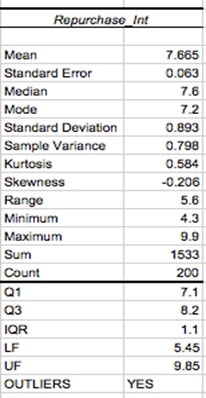
Task 1: Summery measures
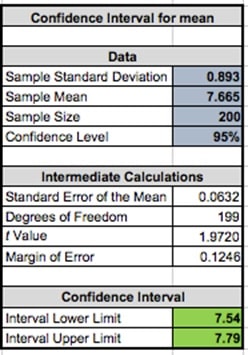
Task1: Confidence Interval
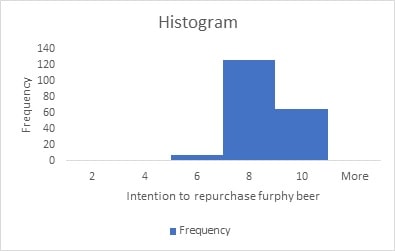
Task 1: Histogram

Task 1: Pivot table
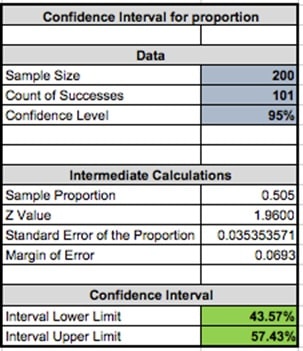
Task 1: Confidence interval
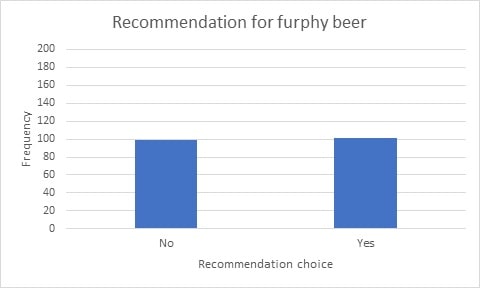
Task 1: Bar chart
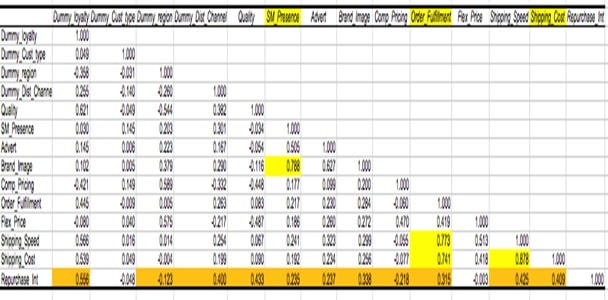
Task 2.1: Correlation matrix
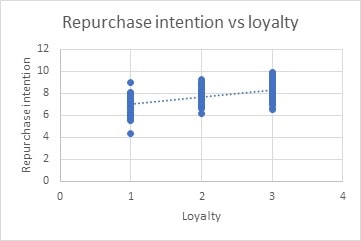
Task 2.1: Scatter plot
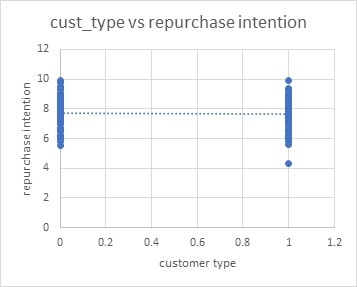
Task 2.1: Scatter plot
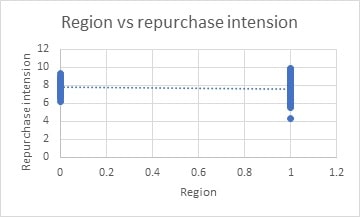
Task 2.1: Scatter plot
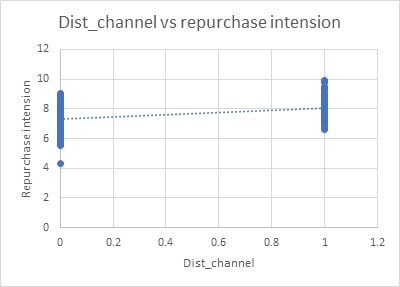
Task 2.1: Scatter plot
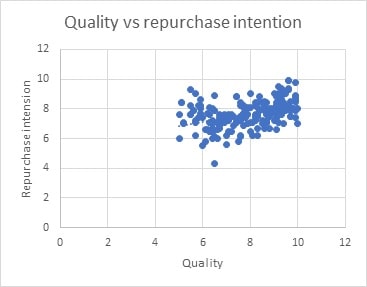
Task 2.1: Scatter plot
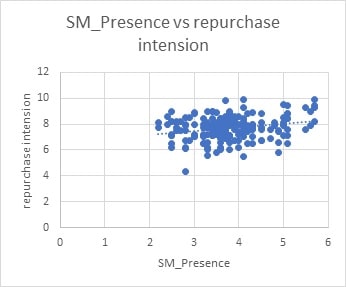
Task 2.1: Scatter plot
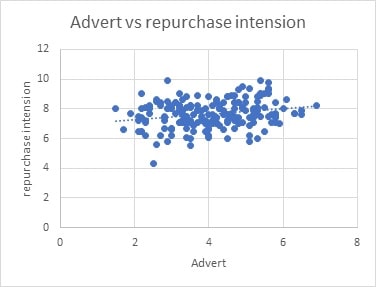
Task 2.1: Scatter plot
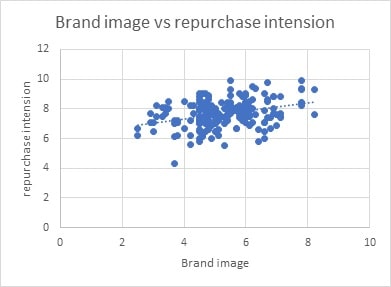
Task 2.1: Scatter plot
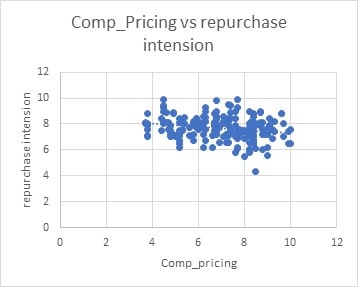
Task 2.1: Scatter plot
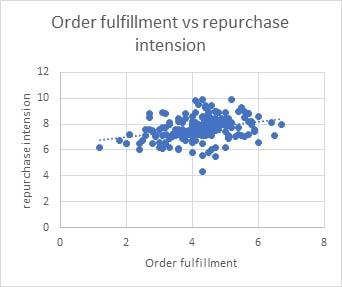
Task 2.1: Scatter plot

Task 2.1: Scatter plot
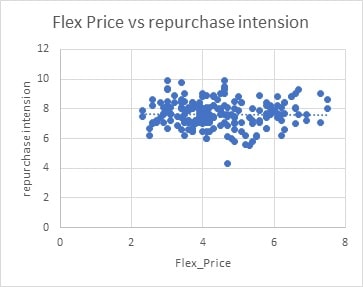
Task 2.1: Scatter plot
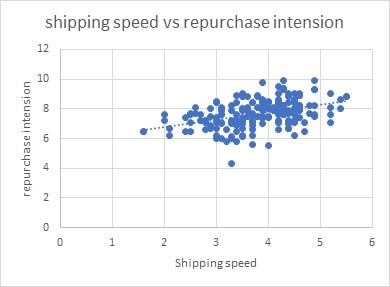
Task 2.1: Scatter plot
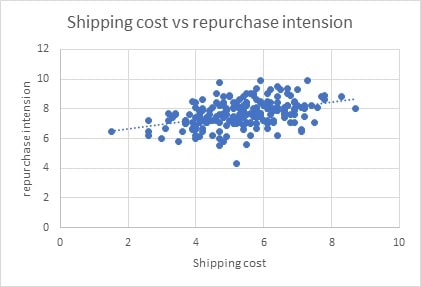
Task 2.2: Residual plot
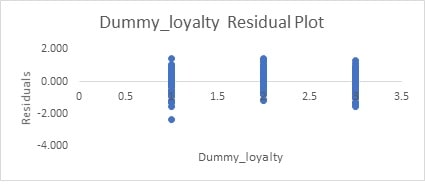
Task 2.2: Residual plot
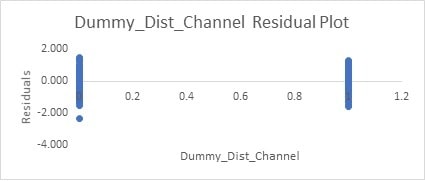
Task 2.2: Residual plot
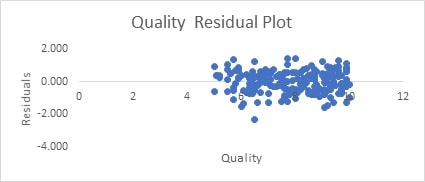
Task 2.2: Residual plot
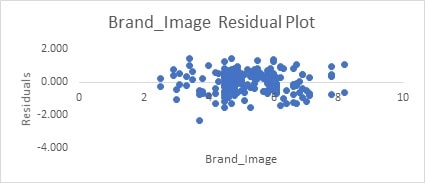
Task 2.2: Residual plot
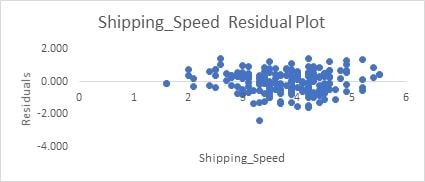
Task 2.2: Normal Probability plot
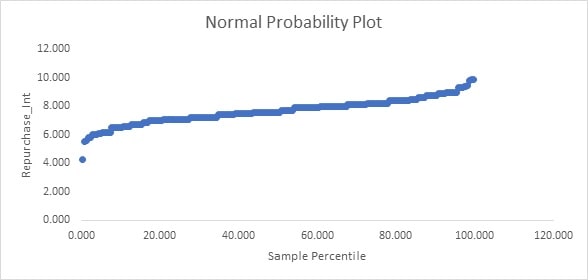
Task 2.3: Residual plot
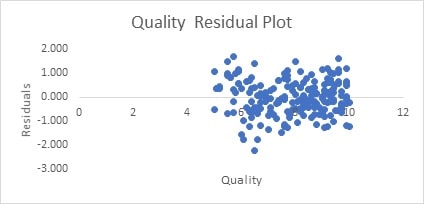
Task 2.3: Residual plot
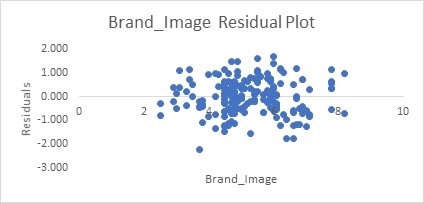
Task 2.3: Residual plot
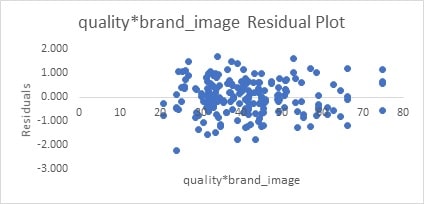
Task 2.3: Normal Probability plot
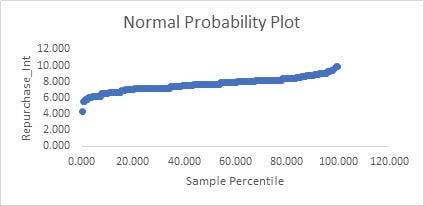
Task 2.3: Interaction Chart
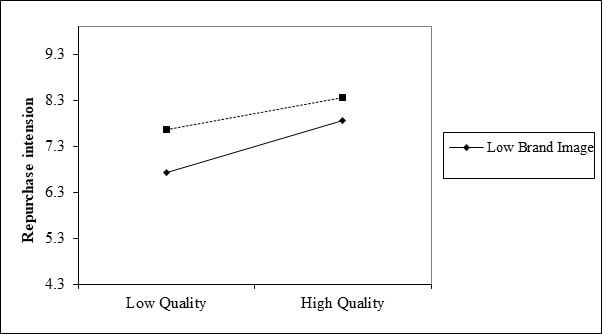
Task 3.1: ROC Curve
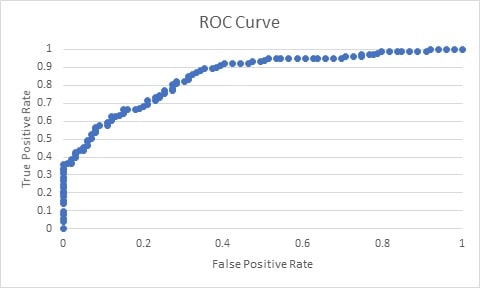
Task 3.2: Probability line chart
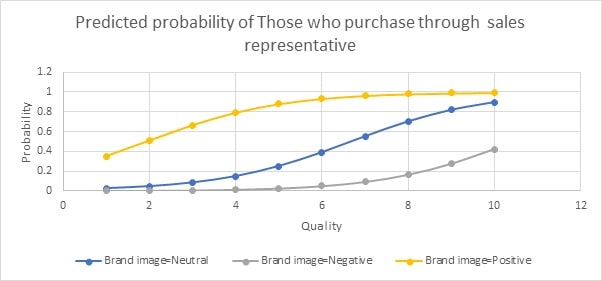
Task 3.2: Probability line chart
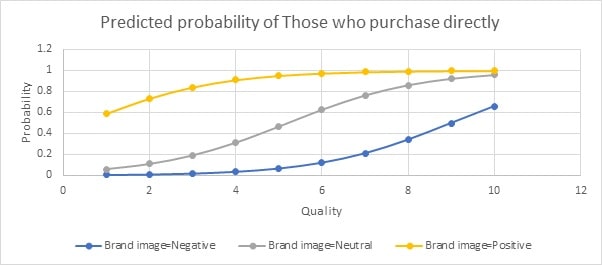
Task 4: Time series line chart
Buy An Analysis Report on Furphy Project Answers Online
Talk to our expert to get the help with An Analysis Report on Furphy Project to complete your assessment on time and boost your grades now
The main aim/motive of the management assignment help services is to get connect with a greater number of students, and effectively help, and support them in getting completing their assignments the students also get find this a wonderful opportunity where they could effectively learn more about their topics, as the experts also have the best team members with them in which all the members effectively support each other to get complete their diploma assignments. They complete the assessments of the students in an appropriate manner and deliver them back to the students before the due date of the assignment so that the students could timely submit this, and can score higher marks. The experts of the assignment help services at urgenthomework.com are so much skilled, capable, talented, and experienced in their field of programming homework help writing assignments, so, for this, they can effectively write the best economics assignment help services.
Get Online Support for An Analysis Report on Furphy Project Assignment Help Online
Resources
- 24 x 7 Availability.
- Trained and Certified Experts.
- Deadline Guaranteed.
- Plagiarism Free.
- Privacy Guaranteed.
- Free download.
- Online help for all project.
- Homework Help Services
Testimonials
Urgenthomework helped me with finance homework problems and taught math portion of my course as well. Initially, I used a tutor that taught me math course I felt that as if I was not getting the help I needed. With the help of Urgenthomework, I got precisely where I was weak: Sheryl. Read More

